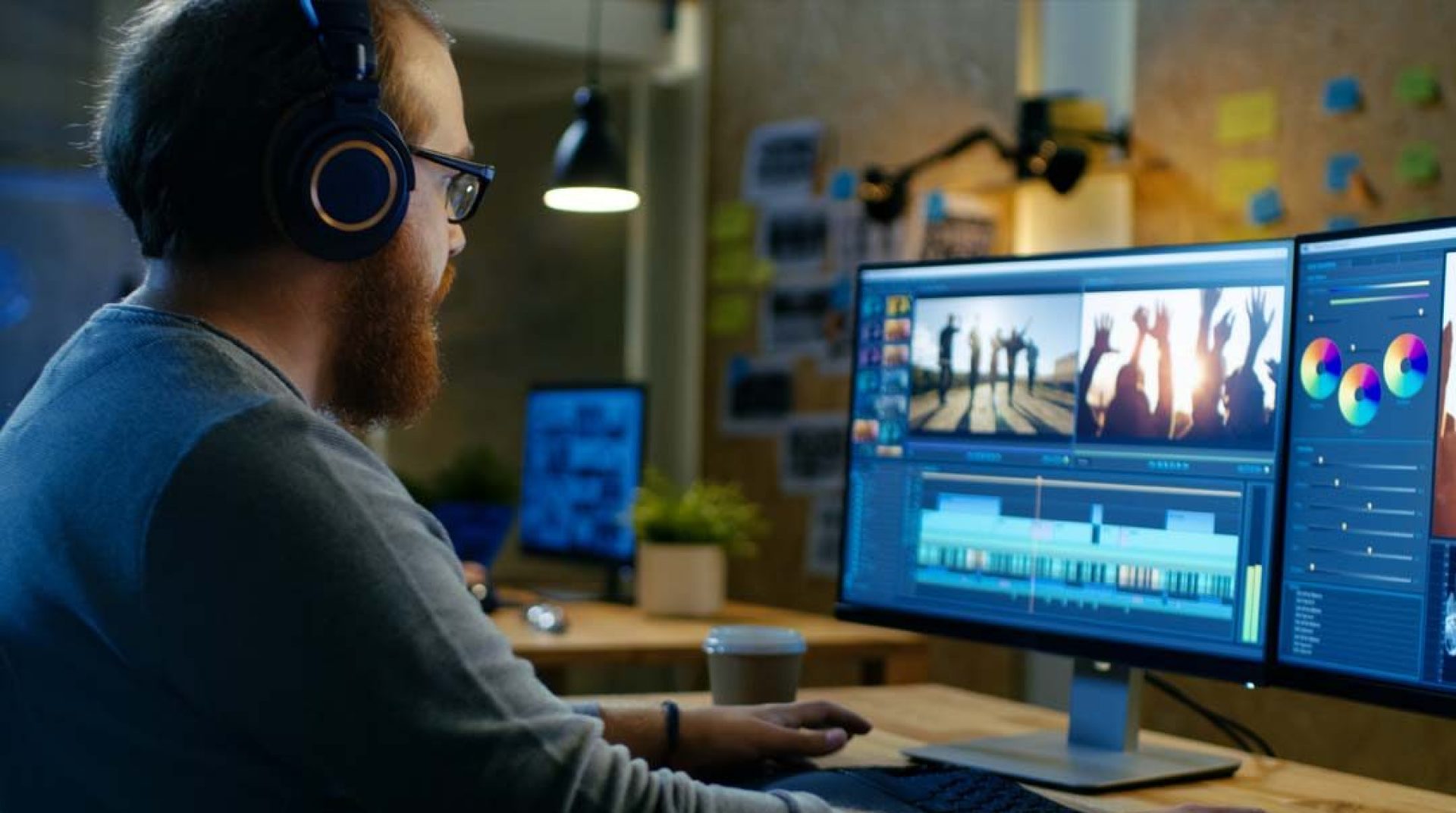Running shoes are really the only and main expense that runners may have. Apart from that, there are no other expenses associated with taking on running to keep fit. Because it is the only real cost, it is an significant choice as to getting it right. There are literally 100’s of choices that runners have when it comes to which brand and model of running shoe to use. Each of the different running shoes have their fans that feel that each one is the best one. The problem is that if every runner thinks that the footwear they use are the best one, then what is a new runner meant to do when trying to make a decision which is the best and all these other runners letting them know which one they believe is the best. The actual issue here is that there is no such thing as the ideal running shoe, however that doesn't stop runners trying to find it. The most effective running shoe for each individual runner is going to be different for each and every runner.
The process then turns into one of matching the design features of the running shoe to the characteristics of the runner. Each one of the 100’s of running shoes in the marketplace has diverse design features. These shoes will vary, for example, how much heel height they have, just how much cushioning they have and how much arch support they have. Each runner with have distinctive foot biomechanics, running techniques, volumes and types of running that they do and different awareness how a shoe feels for them. For this reason you most likely need a speciality running shoe shop who knows all the different characteristics of the various running shoes. They will likely consider the characteristics of the runner and ask questions of their track record with some other shoes, just how serious they may be about their running and a number of additional factors and then try and match the design features in a shoe to the characteristics of the runner. That is not an easy task.

